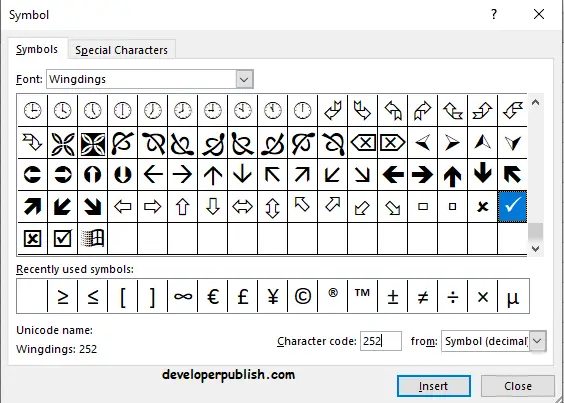


To type these special German characters you need to hold down Alt on Windows, or Opt on a Mac, and enter the number code using the numeric keyboard (do not use the numbers along the top of the keyboard, and don’t forget to turn the Num Lock key on). I have provided a list below though for reference. When selecting the characters from the Symbol dialog box the number code is displayed at the bottom (see image above). Using the number codes might turn out to be a little faster than inserting a symbol, especially if you are able to remember them. Select the character you need and click Insert and then Close. Go to the Home tab > click Conditional Formatting > then choose Icon Sets and select the set which includes the check mark indicator.Scroll through the list until you see the Umlaut accented characters and the esszet (Latin small letter sharp S).Choose your font from the Font list if it is not already selected.Click the Symbol button on the far right of the Insert tab.One way is to insert the symbol, and the other is to use the number code associated with each character. Now, the simplest formula for such a thing would be test whether the conditions A1>A2, A1

 0 kommentar(er)
0 kommentar(er)
